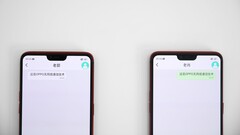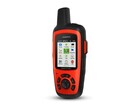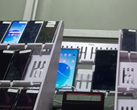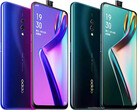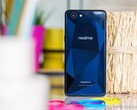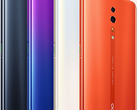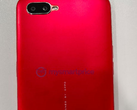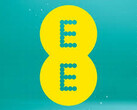The tech-dependent world would be crippled should standards such as Bluetooth, Wi-Fi or GSM disappear overnight. It seems some OEMs are concerned with this issue, as at least one has announced that it is working on a potential solution. OPPO had gone to MWC Shanghai to showcase innovations such as its under-display camera. However, it has also introduced MeshTalk, a novel medium of voice-calls or messages.
This new modality can thus connect devices without the need for other forms of data. Its maker has described MeshTalk as capable of doing so over a maximum distance of 3000 meters (or 1.86 miles). However, OPPO has also indicated that it may be possibie to extend this range with only one relay.
This, in effect, could set up an impromptu LAN between multiple devices. On the other hand, it does only send text or voice data. However, future generations could presumably do more. OPPO also claims that MeshTalk is decentralized, capable of good transfer speeds and low-energy, while also promoting privacy. On the other hand, as it uses a new kind of chip developed by this company, it is also likely to be proprietary should it make it onto the devices of the future.


